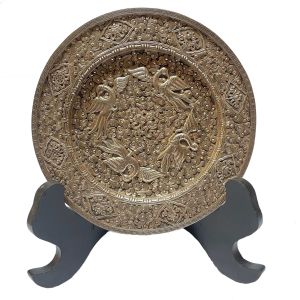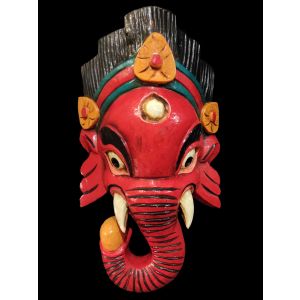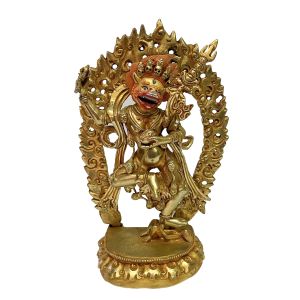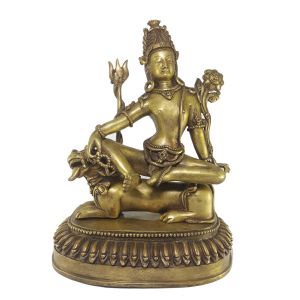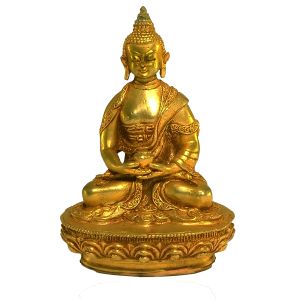HQ , Museum Copy Statue of Black Jambala, Full Gold Plated
| Seller | Handmade Handicraft |
|---|---|
| Product Tags | Handmade, Handicraft, Craft, Statue, Gold Plated, Jambala, Black Jambala, Idol, Sculpture, Jambala Statue, Statue of Black Jambala, Museum Copy Statue of Black Jambala |
| UK Size | 4 |
| Seller | Admin |

